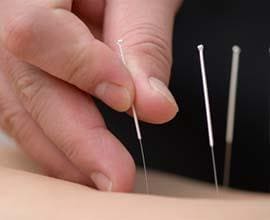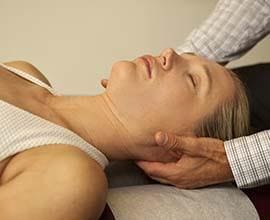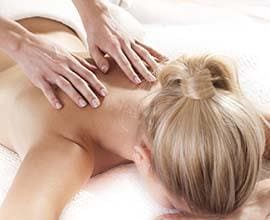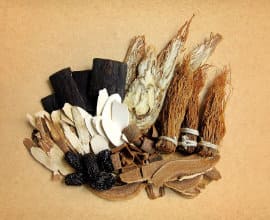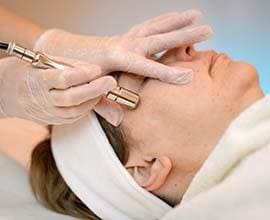What is Remedial Massage?
Medibank defines remedial massage as the systematic assessment and treatment of muscles, tendons, ligaments, and tissues of the body. It is aimed to assist in rehabilitation, injury and pain management.
Remedial is different from other styles of massage. For starters, remedial massage therapists have to undergo specialised training to become certified and offer the treatment. They need to hold a Diploma in Remedial Massage and have hands-on experience. They also need to be registered with an accredited association like the Australian Association of Massage Therapists.
Techniques used by Remedial Massage Therapists
A variety of techniques are used to alleviate problem health conditions. Your massage therapist will assess your lifestyle and health history. They will also observe your posture, joints, and range of motion. This will help them determine the right treatment plan best-suited to treat your condition. Some of the most common techniques used are:
- Soft tissue and deep tissue massage
- Trigger point therapy
- Myofascial release
- Cupping
- Dry needling
- Hot and cold therapy
- Stretching
Benefits of Remedial Massage
Remedial massage is different from other styles of massage where the aim is relaxation and pampering. It is a beneficial treatment for people suffering from chronic pain, sports injuries and stress headaches. Remedial massage:
- Releases tension and tightness in the muscles
- Increases blood flow and oxygen to the treatment area
- Promotes fast recovery for people who train regularly
- Flushes out harmful toxins and chemicals from the body
Who should consider Remedial Massage?
Professional athletes use remedial sports massage as a part of their training and recovery process. It can also be used in alleviating chronic pain. Remedial massage is used to treat different health conditions like:
- Sports injuries
- People suffering from chronic pain
- Stress or tension headaches
- Abdominal pain
- Back pain
- Sciatica pain
- Muscle cramps
- Whiplash
- Muscular atrophy
- Fibrositis
- Spondylitis
- Arthritis
During the massage
Your massage therapist will customise their technique according to your pain threshold. The massage won’t be unbearable or painful but some soreness or pressure is to be expected. Make sure you take deep breaths and relax your body during the massage, this will help you cope with the pain, decrease your heart rate and promote blood flow.
After the massage
Have a hot shower, drink plenty of water, and avoid exercising for at least 24 hours. It is completely normal to feel sore after the massage but it shouldn't last for more than 2-3 days.
Have better health with regular remedial massage
If you are looking for more information on remedial massage therapy or want to book a session with us, contact us on 07 3857 8887 or complete our online enquiry form.
References - https://www.medibank.com.au/Client/Documents/Pdfs/Remedial_Massage_Definition.pdf
Search Help Section by Service
Search our information section by a specific service. Simply click the tile below.

